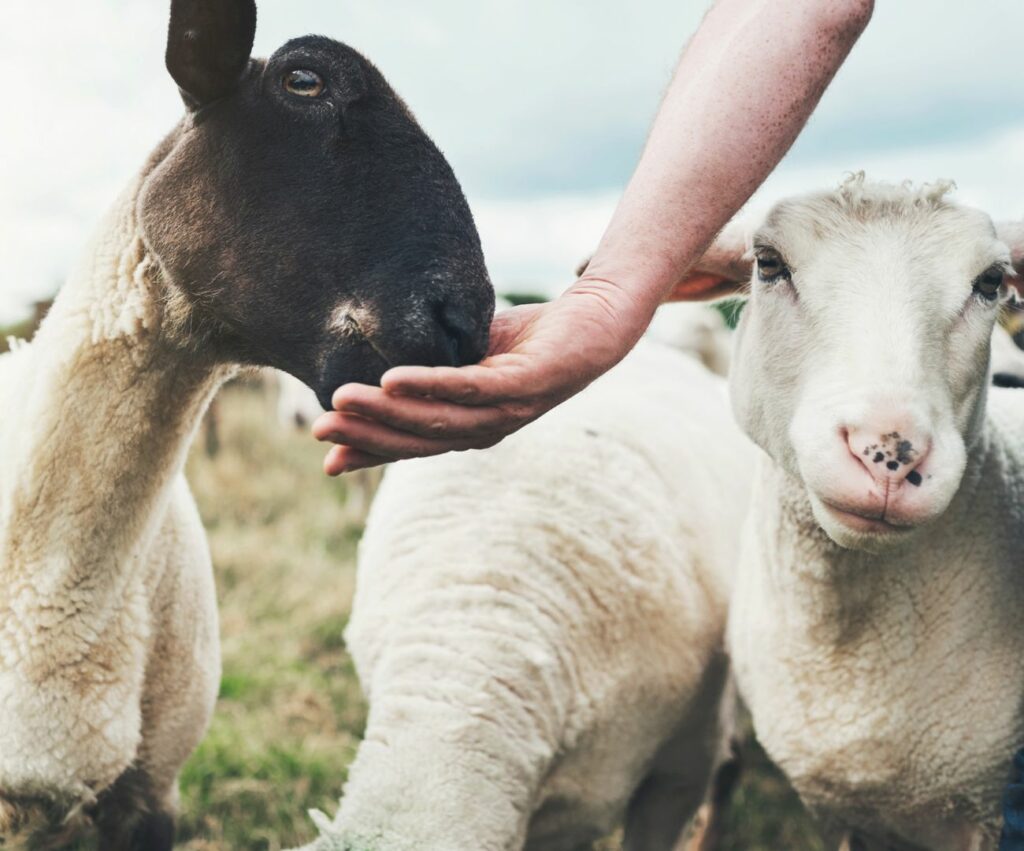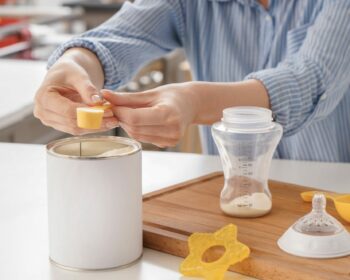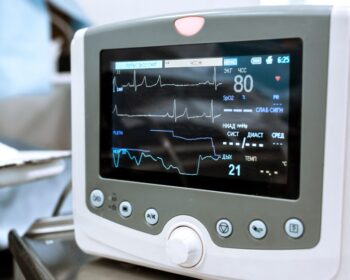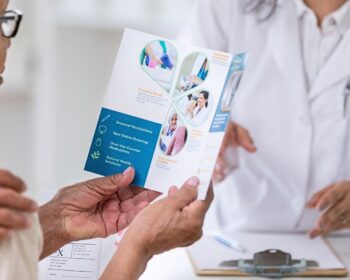
In this blog post, I will be discussing my views on developments in the animal feed sector. As is the case for food products, also feed products are being impacted by the current changes in the world. In this text I intend to give a little glimpse of what is going on in the animal feed area.
Current challenges in agriculture
We have all followed the news with a careful ear over the past year, so it is probably not a big surprise to anyone that the agricultural sector is struggling in many ways. Farmers across the world are facing major financial difficulties in continuing with their livelihood. Since the war in Ukraine began, fertiliser and energy prices have soared, increasing the financial burden that farmers were facing already before this major conflict in Europe.
The inflation, caused by the Covid years and the war, has affected all agricultural inputs, such as the prices of plant protection products and required machinery, and generally all costs of living. Some farmers encounter serious problems even in getting hold of fertilisers because they are simply not available, and the same applies to the availability of skilled labour. Many farmers are contemplating whether to continue with farming at all, because it simply does not bring appropriate income to pay the bills, or whether to cultivate fewer hectares with the money in hand, even if it brought less income for the coming years.
In addition to the high prices of farming inputs, also climate change affects the agricultural sector and its grip is not easing. This can be seen in the forms of hotter summers, increased amounts of forest and bush fires, floods and winds and other extreme weather conditions, all impacting the lives of farmers. Climate change makes farming highly challenging due to the unpredictable weather, increased events of plant diseases and a surge of presence of mycotoxins in the agricultural crops.
Farming should also be sustainable considering the nature, and organic farming has increased over the past decades. The unfortunate fact is, however, that it is not efficient enough to produce enough feed and food for the needs of the ever-increasing world population. We should not forget that at the end of the feed and food chain, there’s always the consumer. This consumer often likes meat, and the number of these consumers is only rising as the lower-class people in China, India and Africa are becoming middle class.
Furthermore, farmers are also carefully considering whether the production of the better-paid food crops would provide higher income than feed crops. This may also decrease the availability of typical feed materials.
Alternative protein sources and green development
All the ongoing events described above impact the trends in feed farming and further along in the feed chain. Cereals, mainly barley and maize, and also soya and grass (silage), are important protein and energy sources in farm animal nutrition. Since the cultivation of these crops is getting more demanding and expensive, it is clear that feed companies are searching for alternative protein and other macronutrient and micronutrient sources.
Examples of the clear current trends in the feed sector on the alternative protein sources are insect proteins, microalgae biomass proteins, seaweed (macroalgae) and yeast biomass. Algae, insects and yeast also provide energy sources, such as lipids, and various micronutrients. It is expected that the significance of these protein sources will increase vastly in the future and that they will complement the current feed crop production and feed materials.
In November 2022, the European Commission published its initiative “Towards a strong and sustainable EU algae sector”, where the Commission outlines the importance of algae in food, feed, cosmetics, pharmaceutical, fertilisers, bio-based packaging and biofuel production in Europe. With this initiative, the Commission aims at promoting the farming of seaweed and microalgae, improving business environments, and closing the knowledge and technology gaps. The initiative is a part of the European Green Deal, an action plan striving to make Europe the first climate-neutral continent.
Use of insects in feed material production is another interesting development. Not long ago, it was reported in the news that an insect ingredient production plant will be established in the south of Finland. This is exciting news for such a small country. Insects are already included in the Catalogue of feed materials, and several insect-based feed materials are included in the Feed Materials Register in the European Union (EU).
Detailed regulatory requirements
We, the experts in the Food & Feed and Cosmetics team at Medfiles, have also noticed this feed sector trend in our regulatory service business. Thus, we too are at the centre of the changing world. From the regulatory point of view, a new feed material requires registration in the Feed Materials Register before it can be legally marketed in the EU. Feed materials do not require a formal pre-market authorisation, whereas it is required for feed additives in the EU. On the other side of the pond, in the USA, feed materials as well as feed additives (or by using the US terms, “animal food ingredients” and “animal food additives”) need to pass the evaluation by Association of American Feed Control Officials (AAFCO) and/or by US Food and Drug Administration (US FDA).
In any case, the feed business operator must always make sure that the new feed material is safe, as they are ultimately responsible for the safety of the animal feed. The feed business operator also has to register its production facility in the national register in the EU and USA before marketing in these jurisdictions. Furthermore, good feed manufacturing practises must be adhered to in feed production, and a quality control system has to be in place. All these elements are equally valid for the new feed materials and feed additives, not only in relation to the farm animal feeds but also pet foods. Finally, it is important to bear in mind that feed labelling also has its carefully regulated rules.
I hope this brief blog text gave you some feed for thought. We at Medfiles would be delighted to discuss your insights and explore them further. I am positive they will lead to a fruitful dialogue with the Medfiles experts on feed materials, feed additives and feed labelling. Whenever you need assistance with the regulatory affairs of animal feed, or human food or cosmetics, we are at your service.
See also: Blog: Will algae-based new foods soon feed Europe?

Author: Dr Mari Eskola, Senior Regulatory Affairs Expert, Team Leader of Regulatory Science and Reports Team, Unit on Food & Feed and Cosmetics, Medfiles Ltd
Mari Eskola joined Medfiles in 2021. Since then, she has been involved in several projects on food, feed and cosmetics conducted for Medfiles’ clients. Mari is a food chemist specialised in analytical chemistry and in 2002, she obtained a PhD degree in food science. Mari has over 25 years of international expertise in the chemical and regulatory safety of food and feed from the European Union and European national organisations as well as from the industry. She has worked for 10 years at the European Food Safety Authority (EFSA), carrying out EFSA regulatory risk assessments of contaminants in foods and feeds, where she also worked as acting and deputy head of the EFSA Contaminants Unit.
In addition, Mari has food and feed research and regulatory expertise from various other European institutes, such as the European Commission Joint Research Centre (EC JRC), the European Chemicals Agency (ECHA), Teagasc in Ireland, the Austrian University of Natural Resources and Life Sciences and the former Finnish Food Safety Authority. Mari has international experience in managing projects and people, and she has authored several scientific publications comprising also many scientific EFSA opinions and risk assessments.
References:
European Commission, 2022. Communication from the Commission to the European Parliament, the Council, the European Economic and Social Committee and the Committee of the Regions. Towards a Strong and Sustainable EU Algae Sector. Brussels, 15.11.2022, COM(2022) 592 final. Available at: https://oceans-and-fisheries.ec.europa.eu/system/files/2022-11/COM-2022-592_en.pdf
European Commission, 2022. Commission proposes action to fully harness the potential of algae in Europe for healthier diets, lower CO2 emissions, and addressing water pollution. Press release, 15.11.2022. Available at: https://ec.europa.eu/commission/presscorner/detail/en/ip_22_6899
Finnish insect start-up getting ready to scale up production. Feed navigator.com. 18 January 2023. Available at: https://www.feednavigator.com/Article/2023/01/18/Finnish-insect-startup-getting-ready-to-scale-up-production?utm_source=newsletter_daily&utm_medium=email&utm_campaign=19-Jan-2023&cid=DM1052747&bid=25378915
Commission Regulation (EU) No 68/2013 on the Catalogue of feed materials (consolidated). Available at: https://eur-lex.europa.eu/legal-content/EN/TXT/?uri=CELEX%3A02013R0068-20220724
Feed Materials Register. Available at: https://www.feedmaterialsregister.eu/


